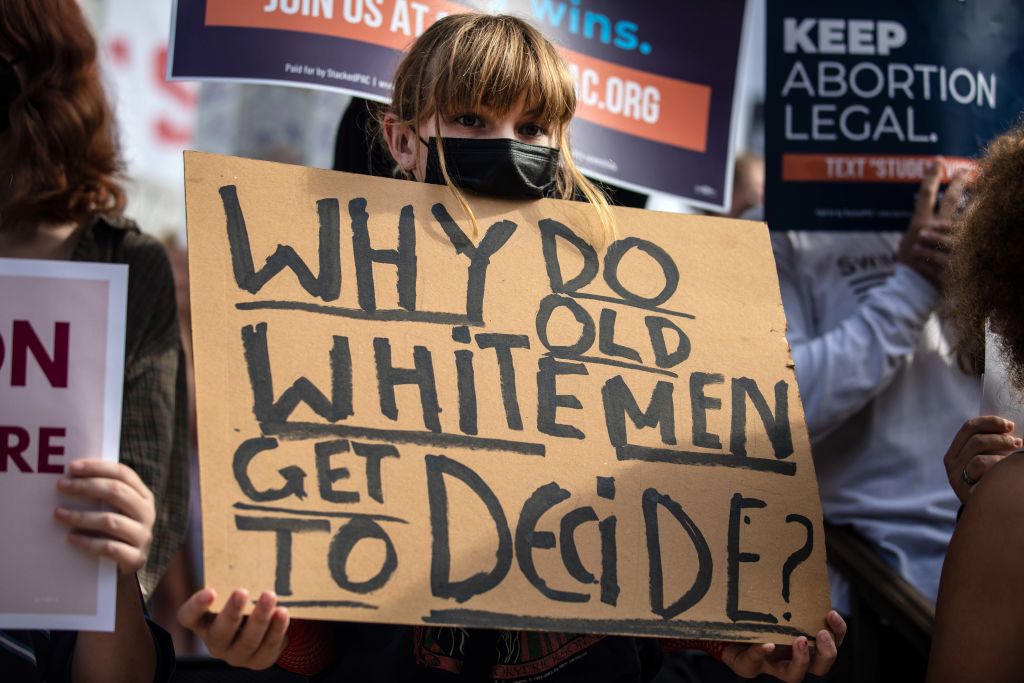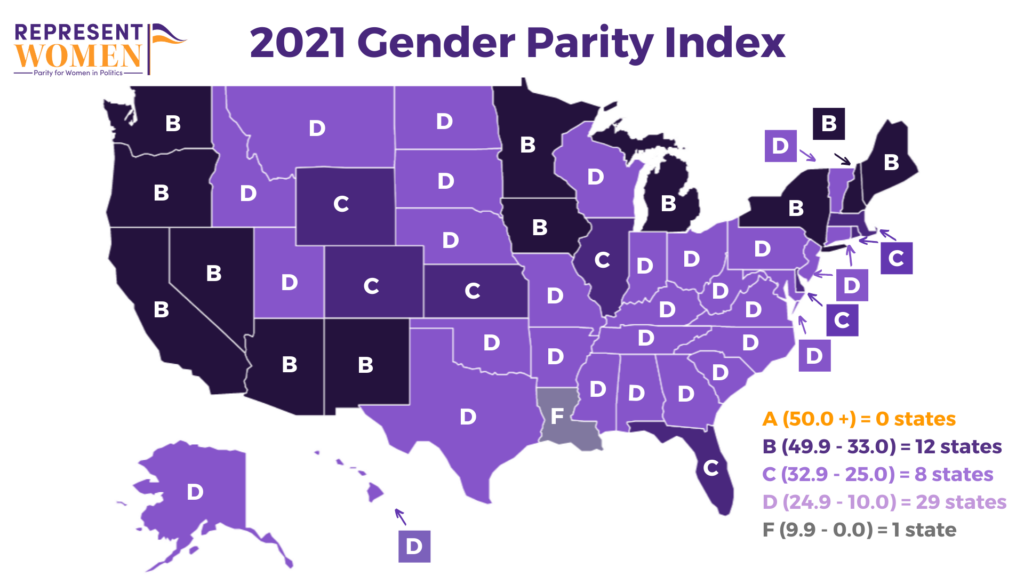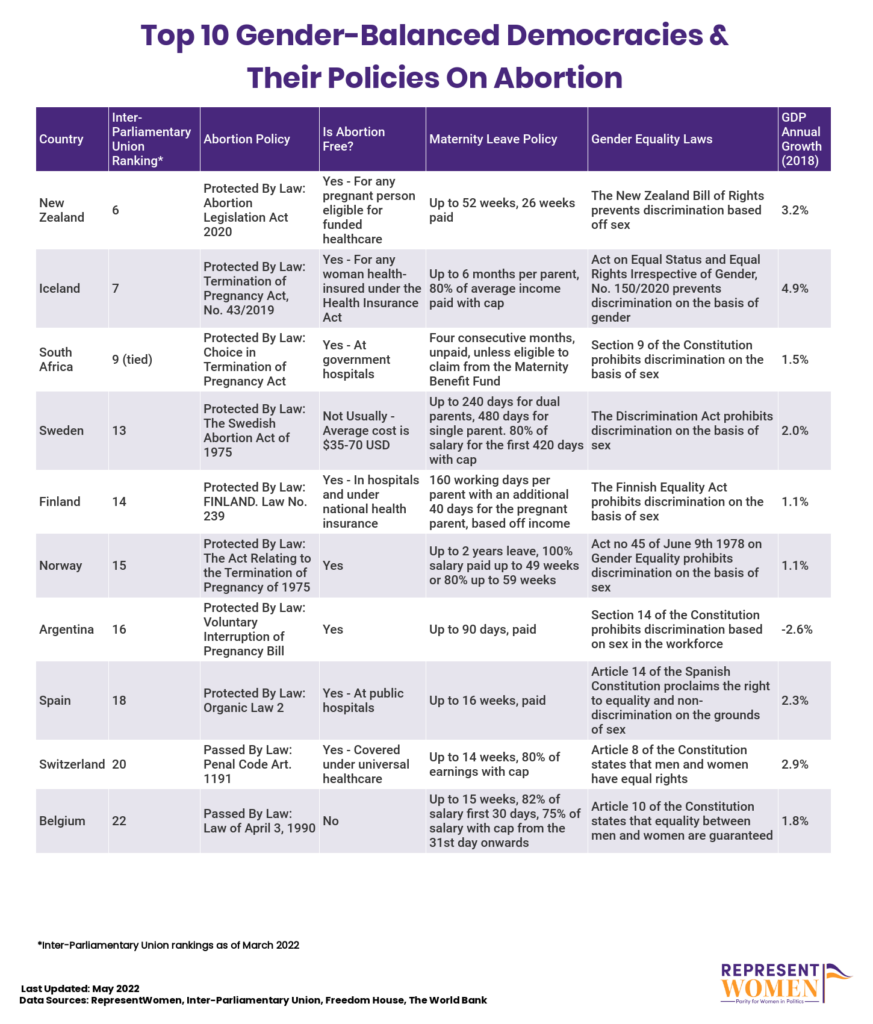Welcome to DU!
The truly grassroots left-of-center political community where regular people, not algorithms, drive the discussions and set the standards.
Join the community:
Create a free account
Support DU (and get rid of ads!):
Become a Star Member
Latest Breaking News
Editorials & Other Articles
General Discussion
The DU Lounge
All Forums
Issue Forums
Culture Forums
Alliance Forums
Region Forums
Support Forums
Help & Search
Women's Rights & Issues
Related: About this forumSCOTUS Wants Reproductive Rights Left Up to the States--Whose Representatives Are Still Overwhelming
SCOTUS Wants Reproductive Rights Left Up to the States—Whose Representatives Are Still Overwhelmingly White and Male
5/5/2022 by Cynthia Richie Terrell
The threat to overturn Roe is what happens when women are not at the decision-making table. It’s time to take action on strategies that can ensure fair representation in our lifetimes.

Demonstrators rally against anti-abortion and voter suppression laws at the Texas State Capitol on October 2, 2021 in Austin, Texas. The Women’s March and other groups organized marches across the country to protest the new abortion law in Texas. (Montinique Monroe / Getty Images)
On Monday, May 2, Politico broke an extraordinary story that has sent the nation into disarray: an unprecedented leak of a draft Supreme Court majority opinion to strike down Roe v. Wade. The draft opinion holds that it is not the Court’s job to decide on the legality of abortion and that “it is time to heed the Constitution and return the issue of abortion to the people’s elected representatives.” There’s one problem with this directive: It assumes that elected officials in state legislatures are representative, but they are not.
State Legislatures Are Vastly White and Male
On average women hold just 31 percent of seats in state legislatures. There are only 15 women (11 Democrats and four Republicans) who serve as president or president pro-tem of state senates, and only six women (five Democrats, one Republican) serve as speakers of statehouses. RepresentWomen’s 2021 Gender Parity Index found that over half of states (30) receive a D grade or worse for gender balance, meaning that representation ranges between 0-25 percent for over half the country. Representation is even worse for women of color: Only 9 percent of state legislators are women of color.

The Will of the People, or Strangled by Partisanship?
Abortion bans are not popular: 80 percent of Americans support abortion in all or most cases and 65 percent of Americans think the Supreme Court should reject the Texas abortion law. This means that, although it has become an intense partisan issue, a significant number of conservatives support the right to choose. Conservative women know what it’s like to face situations of rape and serious health risks during pregnancy, and the vast majority do want their daughters and all women to have options. A significant number of conservatives support the right to choose. Conservative women know what it’s like to face situations of rape and serious health risks during pregnancy, and the vast majority want their daughters and all women to have options. Despite this, over half of all states are certain or likely to ban abortion without Roe. Notably, as seen in the map below, rates of women’s representation are much lower in states that are likely to ban abortion if Roe is overturned. Women make up only 26 percent of state legislators in states that are likely to ban abortion, versus 37 percent of state representatives in those states unlikely to ban abortion. There is a clear relationship between representation rates and the likelihood of banning abortion.
....
States Likely To Ban Abortion Have Fewer
Women In Their State Legislature
Chart
Hover over the map to see more information about women's representation in each state
26%
12 of the top 13
Average percent of women in legislatures that are likely to ban abortion
states in the RepresentWomen 2021 GPI State Legislature Rankings are unlikely to ban abortion
37%
70%
Average percent of women in legislatures not likely to ban abortion
of the 23 states that have 30% or less women in their state legislatures are likely to ban abortion
Image
Image
Sources: RepresentWomen, Center for American Women and Politics, Guttmacher Institute
Data true as of April 2022

Commit To Doing the Difficult Thing
The link between women’s representation and gender-conscious policy outcomes is clear. Organizations and individuals fighting for issues like climate change, equal pay, paid leave, reproductive rights, and the like, must also fight for structural reform that removes barriers for women to run, win, serve and lead in U.S. politics. Diverse gender balance in political representation is a structural catalyst to address upstream inequalities that plague U.S. politics, and we can no longer settle for snail’s pace progress. We need to learn from our allies in countries around the world, and commit to doing the hard work of changing rules and systems. No more settling, no more short-term thinking. The time is now.
https://msmagazine.com/2022/05/05/supreme-court-abortion-reproductive-rights-left-up-to-the-states-women-politics-representation/
InfoView thread info, including edit history
TrashPut this thread in your Trash Can (My DU » Trash Can)
BookmarkAdd this thread to your Bookmarks (My DU » Bookmarks)
0 replies, 521 views
ShareGet links to this post and/or share on social media
AlertAlert this post for a rule violation
PowersThere are no powers you can use on this post
EditCannot edit other people's posts
ReplyReply to this post
EditCannot edit other people's posts
Rec (5)
ReplyReply to this post